Traditional fairy tales are drawn from many sources, including ancient mythology, pagan religion, political allegory, morality plays, and orientalia. Most such tales have filtered through centuries of patriarchal culture and show little respect for women, except as young and beautiful princesses. Only to be decorative is the customary female function in these old stories. Girls without beauty are automatically also without virtue, happiness, luck, or love.
For instance, in the old German tale of Puddocky (or Paddock, the toad-familiar of Shakespeares three witches), a prince seeks the worlds most beautiful girl to marry; wagonloads of less attractive candidates are casually thrown into the river and drowned, just to get rid of them.
The message that such stories convey to girls is plain: Your looks are your only asset. Whatever else you might be or do doesnt count. Female ugliness is a crime deserving the death penalty.
The following collection of tales turns such misogynous messages around. Some of them are obvious twists on well-known stories, like Ugly and the Beast, Snow Night, Gorga and the Dragon, The Littlest Mermaid, The Frog Princess, Ala Dean and the Wonderful Lamp, Little White Riding Hood, Three Little Pinks, Jill and the Beanroot, and The Empresss New Clothes.
How the Gods Met Their End is a version of the Teutonic Gtterdmmerung. How the Sexes Were Separated is a retelling of the Greek myth about Zeuss jealous attack on the hermaphrodites of the Golden Age. How Winter Came to the World is another Greek myth, the familiar tale of Persephone or Kore (Corey) and her mother Demeter (Dea Mater), retold without the implied domination of Father Zeus and with a better appreciation of Mother Natures cycles. Similarly, The White God features some of the best-known African goddesses in an appreciation of Nature. Three of them are chosen to remind the reader that the ancient Great Goddess frequently appeared as a trinity of Virgin, Mother, and Crone, representing the three stages of womans life as well as the seasons of seed time, growth, and harvest; the tripartite world of heaven, earth, and underworld; the phenomena of birth, sex, and death; the spinning, weaving, and cutting functions of the Fates; and many other three-way cycles and divisions. Modern feminist spirituality has made this ancient trinitarian concept familiar to many of todays women.
Some stories in this collection are simply original fantasies couched in the language and form of traditional fairy tales. They are intended to be playful, sometimes funny, sometimes thought-provoking. A feminist message of some kind can be found embodied in each.
B.G.W.

Wolf worship can be traced at least as far back as the days of Europes pagan clans, some of which revered the wolf as a sacred totem, as shown by the survival of Wolf as a family name. Wolf-clan members ritually transformed themselves into animal spirits by wearing wolf skins and performing wolf-mimicking dances. In Greek myth the heavenly father, Zeus Lycaeus, takes wolf form.
Having been diabolized by Christian authorities, wolf worship gave rise to medieval superstitions about lycanthropy (werewolfism). This in turn gave rise to fairy tales that made wolves the villains. This darker, wilder canine image probably owed less to the observed behavior of real wolves than to buried childhood fears of domestic dogs who looked formidable and might bite.
As a dog lover from my earliest years, I could never see anything especially scary about fairy-tale wolves, however big and bad they might be called. Why vilify an interesting and attractive animal? Members of the old wolf clans must have liked the basic premise of lycanthropy, which suggested that, through a magical transformation, humans might be able to experience the keen senses of smell and hearing, the agility, strength, and swiftness of the wolf. A certain envy of such animal characteristics has been found in nearly all human societies.
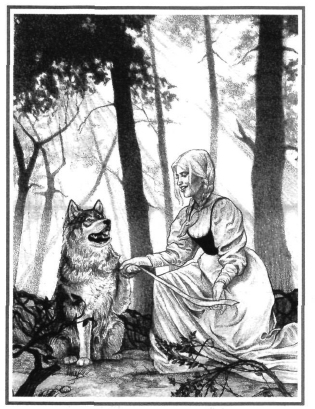
She squatted down and tenderly bandaged the wolfs leg.
O nce upon a time there was a poor widower who lived with his daughter, Lupa, in a wretched hut on a stony little farm. The land produced hardly enough food for them, and their only reliable source of nourishment was their one cow, who gave milk, butter, and cheese. The widowers only pleasure in life was watching his daughter grow up. She was both clever and kind, the apple of her fathers eye.
One day disaster struck. The cow took sick and died. There was no more milk, butter, or cheese to be had. The widower had no money to buy another cow or even a chicken or two for eggs. He and Lupa cut up the dead cow and preserved her meat, which nourished them for a while. After the meat was gone, they had almost nothing left but the seeds put by for a new crop.
The widowers late wife had been an accomplished needlewoman and had left some beautiful tapestries behind when she died. Lupas father took them from storage. I had hoped to keep these in memory of your mother, he told Lupa sadly. Now I have no choice but to offer them for sale. Tomorrow I must start the spring planting. While I do that, you must take this embroidery to market and get the best price you can.
Early the next morning Lupa set out with the tapestries rolled up under her arm. She had to travel many miles to town. Along the way, a fierce thunderstorm came up. Finding no shelter, she trudged on through the rain and became thoroughly soaked.
After the sky cleared, Lupa opened the soggy roll of tapestries to wring them out. To her horror, she found that all the colors had run togetherher mother had not been able to afford colorfast dyes. The pictures were ruined.
Feeling hopeless and frustrated, Lupa sat down beside the road and cried. Not only did she now have nothing to sell, but she had even lost her mothers handiwork, which would grieve her father very much.
After a while she dried her tears and decided to go on to the market anyway, hoping to sell the canvas itself, or perhaps just beg for a few coins or a bit of bread to take home.

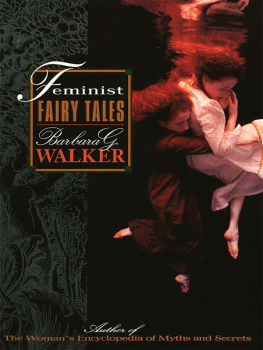




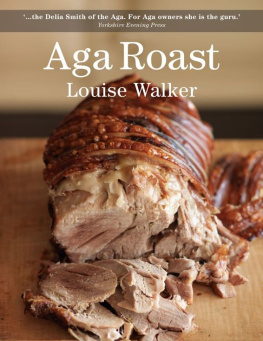


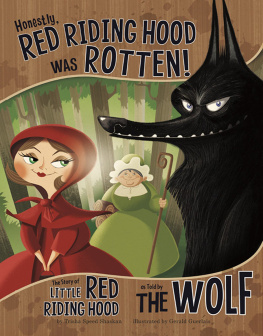
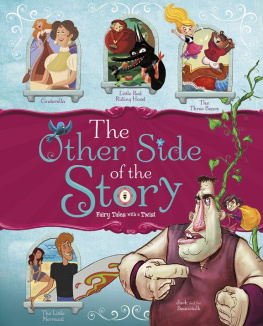
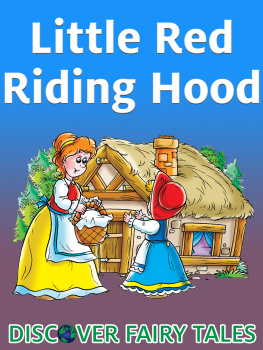
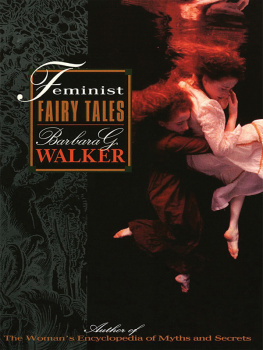



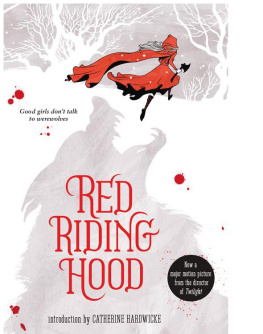

 HAD 10 9
HAD 10 9
